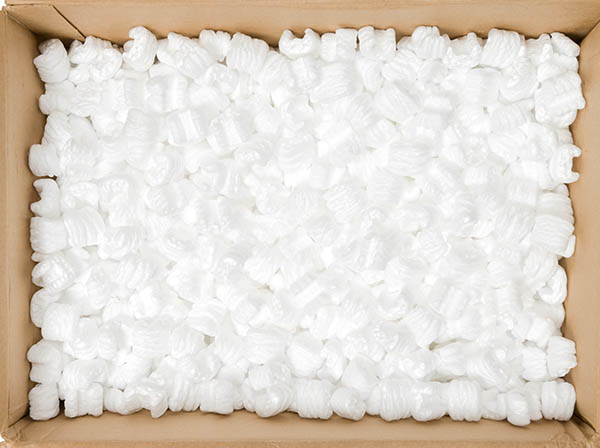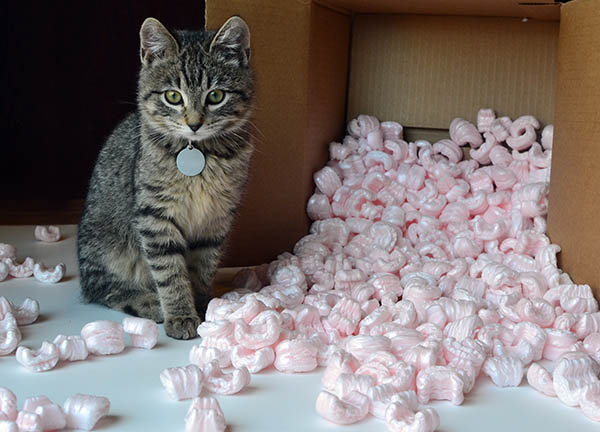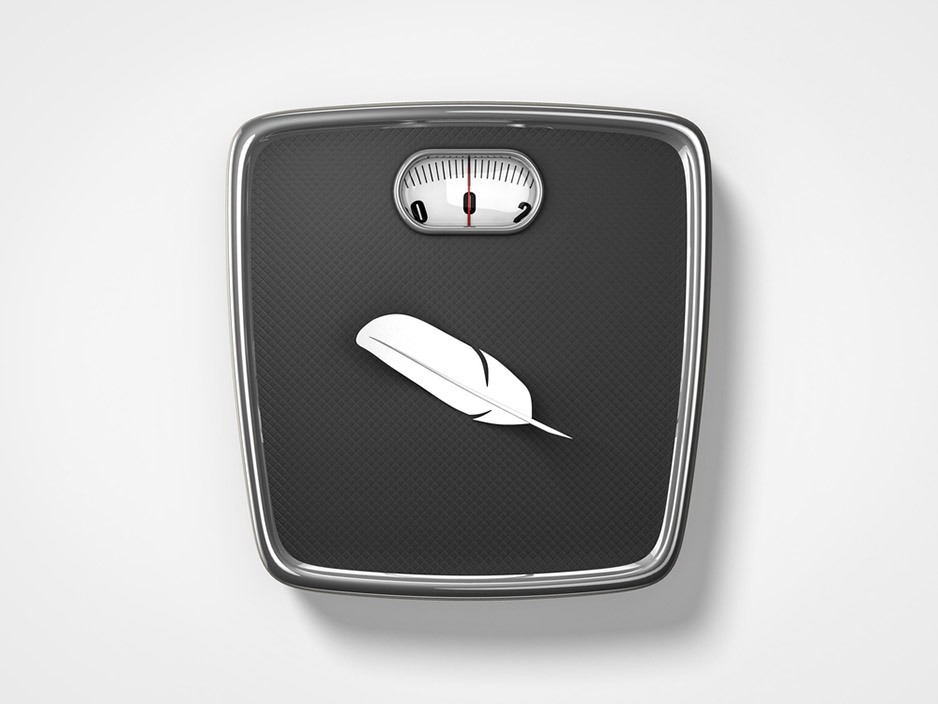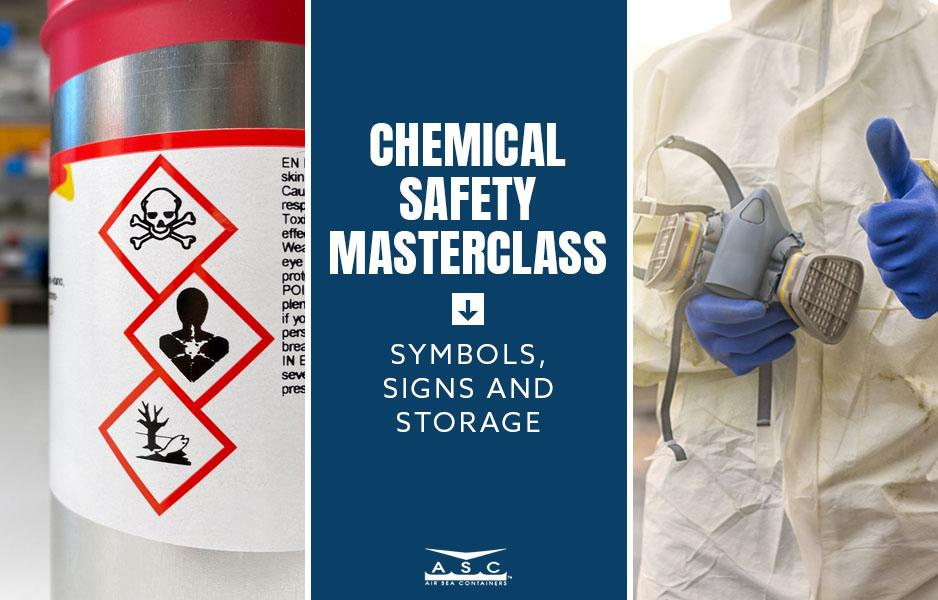There are many types of shipping materials that can help with this huge feat. One of them is packing peanuts. These Styrofoam peanut-shaped materials are often considered a nuisance, but they work well to protect your product while en route to a new location.

Packing peanuts come in two varieties: with air and without air. To give your product the cushioning it needs to prevent trauma during shipping, the peanuts that contain air tend to be the better choice.
According to the ICC Compliance Center, when shipping hazardous materials in liquid form, cushioning materials and absorbents are required. Several types of absorbents and cushions are recommended, with packing peanuts being one of them. Therefore, if you need to ship dangerous materials, you can definitely rely on packing peanuts to help you get the job done.
How to Use Packing Peanuts
Packing peanuts are primarily used to fill in voids in shipping boxes. It is recommended that you use at least two inches of cushioning around the product since packing peanuts tend to shift during shipping.
To use peanuts correctly, overfill the box with them, close the flaps and seal the box securely. Brown water-activated heavy-duty adhesive tape is a good choice for tape, as it’s made with fiberglass yarn and can withstand dirty and dusty conditions. Packing peanuts do not work well with flat or narrow items, so you may want to choose a different type of shipping material in these cases.
You might want to use fiberboard to separate the content from the peanuts so that the contents do not move outside of the peanuts. If you ship electronics, you must use anti-static packing peanuts. If you use standard peanuts, they will create static electricity and damage the items.

Advantages of Using Packing Peanuts
Packing peanuts are reasonably priced compared to other packing materials. You can get a bag of them for around $20-$30. They are lightweight and don’t add a lot of weight to a package, unlike bubble wrap, which is useful for protecting fragile items but also bulky.
Because packing peanuts are small, they are able to get into the nooks and crannies of your shipping box. Air pillows are a good alternative, but they’re bigger and can’t fit into tight spaces as well.
While traditional versions aren’t eco-friendly, you can now buy packing peanuts in biodegradable versions. They are made from non-food plants and are 100% recyclable, so, once you’re done with them, you don’t have to trash them and harm the environment.
Packing peanuts are a great choice for packing and shipping small items, such as liquids and other items that must be shipped in boxes. Many companies use a combination of shipping materials to provide extra protection, so it won’t hurt to use a little bubble wrap as well.

If you do choose to use packing peanuts, be prepared for a big mess. Because they are small, they tend to scatter everywhere, so be sure to keep them away from curious kids and pets.








